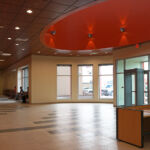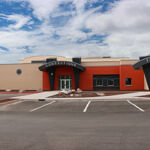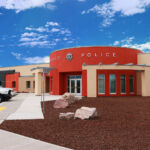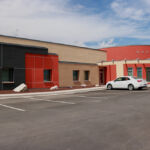Chinle Justice Center: Tradition Meets Modern Design
Project's Summary
The Chinle Justice Center stands as a remarkable architectural project envisioned by Dyron Murphy Architects, P.C. This center symbolizes the harmonious blend of traditional Navajo design and contemporary architecture, situated in the vibrant community of Chinle, Arizona, within the Navajo Nation. The project represents not just a physical structure but a vital symbol of justice and cultural heritage.
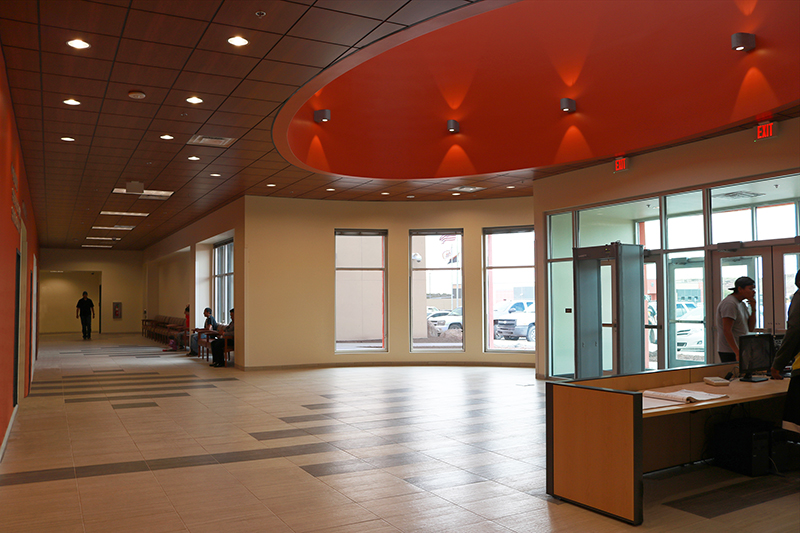
Drawing inspiration from the breathtaking landscapes and profound cultural significance of the Navajo Nation, the design of the Chinle Justice Center integrates traditional materials like sandstone and timber with sleek glass facades. This thoughtful combination results in a modern yet culturally resonant design that respects the traditions of the Navajo people while embracing forward-thinking architectural practices.

Upon approaching the center, visitors are captivated by its striking facade, which pays homage to the traditional Navajo hogan. The circular shape of the building not only echoes this sacred dwelling but also creates an inviting atmosphere that encourages inclusivity and community engagement. The design promotes a sense of unity, making it a welcoming space for all who seek justice.
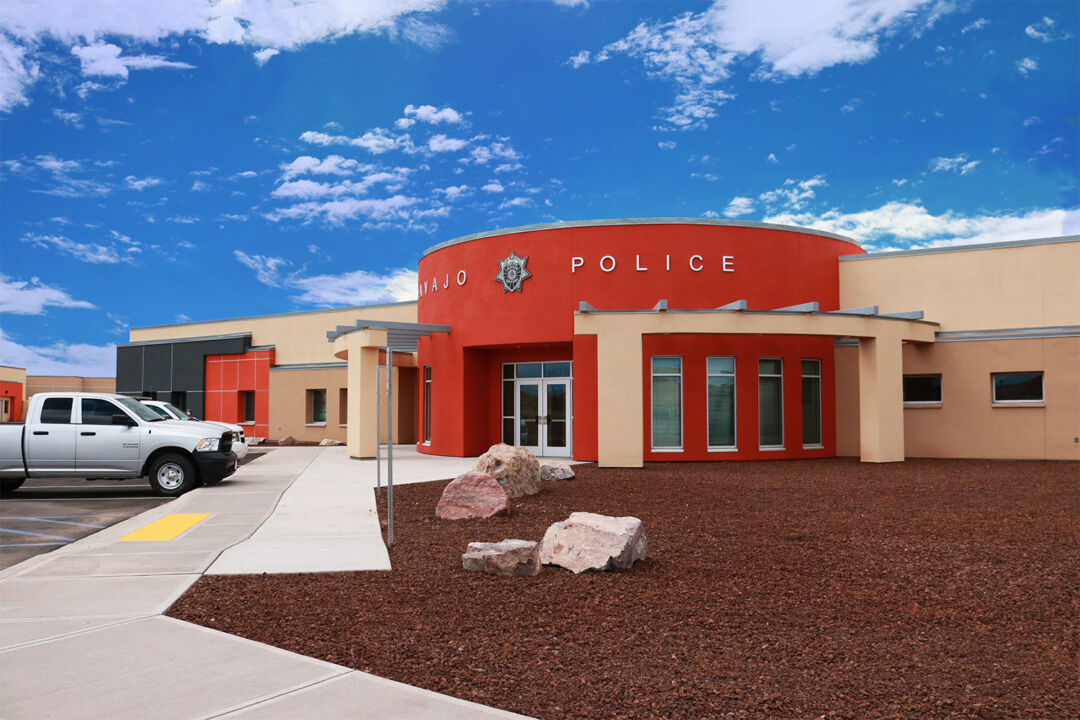
Inside, the Chinle Justice Center features thoughtfully designed interior spaces that foster tranquility and respect. Natural light floods through large windows, illuminating wooden elements and Navajo-inspired art that adorn the walls. The seamless integration of modern technology ensures that the justice system operates efficiently while maintaining a warm, inviting environment for all users.
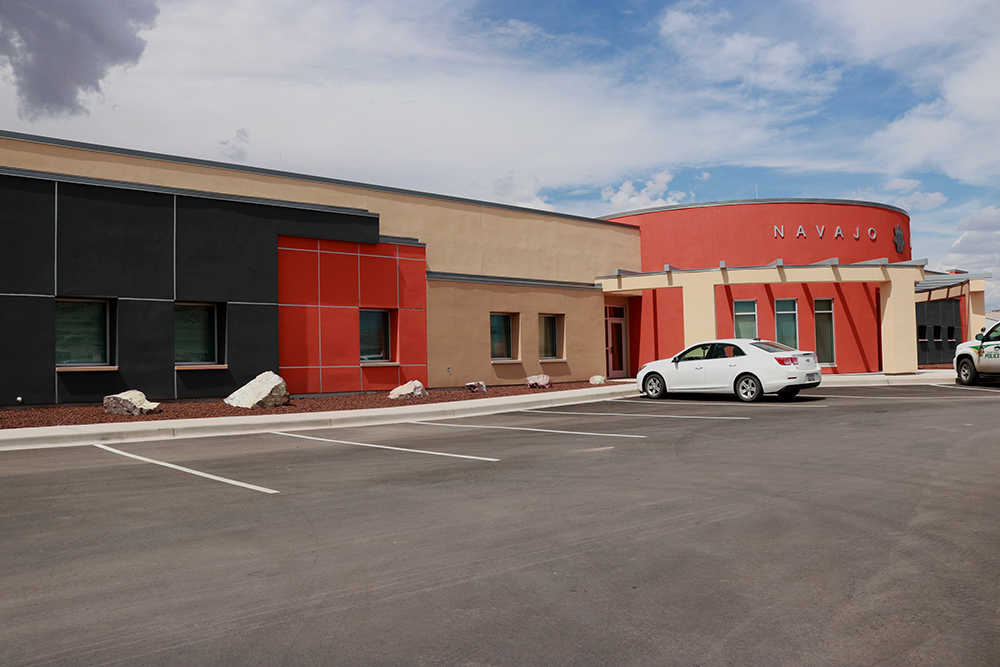
Ultimately, the Chinle Justice Center serves as a catalyst for positive change in the community. It provides essential services, including courtrooms and legal aid offices, while also functioning as a gathering space for the community. This architectural gem not only empowers the Navajo people by providing access to justice but also stands as a proud representation of their cultural identity, embodying hope and resilience.
Read also about the iCity Project by CPU PRIDE - Innovative Urban Design project
